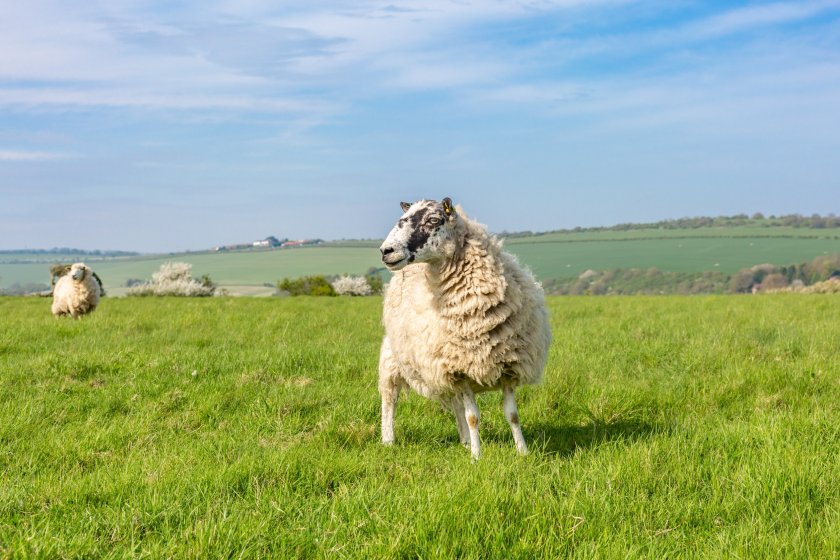
England's sheep flock has declined to its lowest recorded population in over 10 years against the backdrop of numerous challenges, new Defra figures show.
The annual livestock survey shows the English sheep flock declined by 3.2% year-on-year, totalling 14.5 million head in June 2023.
This is the lowest recorded population since 2011, with female breeding flock seeing a reduction of 116,000 head (-1.6%).
Looking at this by category, there was a notable increase in breeding ewes intended for slaughter, up 8.8% compared to the same period last year.
This was countered by declines in the number of ewes intended for first time breeding (-8.3%) and ewes intended for further breeding (-1.3%).
While a decline versus last year, the number of ewes for further and first-time breeding was relatively level with numbers recorded in 2021.
Looking at Defra's figures, Becky Smith, AHDB analyst, said these reductions continued the general trend in the total English flock seen since 2017.
She said: "Industry challenges are well-documented - input cost fluctuation, changes to direct payments, agricultural policy and government support schemes, not least consumer purchasing.
"GB finished lamb prices have fluctuated but have been relatively firm historically in 2023, especially since early August.
"The changes in ewe numbers suggest that perhaps the outlook for next year is for flock consolidation, although we await data from other devolved nations to see the full UK picture."
Declines were also seen in the rest of the English flock, driven by a reduction of 4.9% (364,000 head) in lambs aged under a year old, compared to the June 2022 survey.
Ram numbers did see a slight increase of 1.2% year-on-year alongside an increase of 3.5% of other sheep 1 year old and over.
